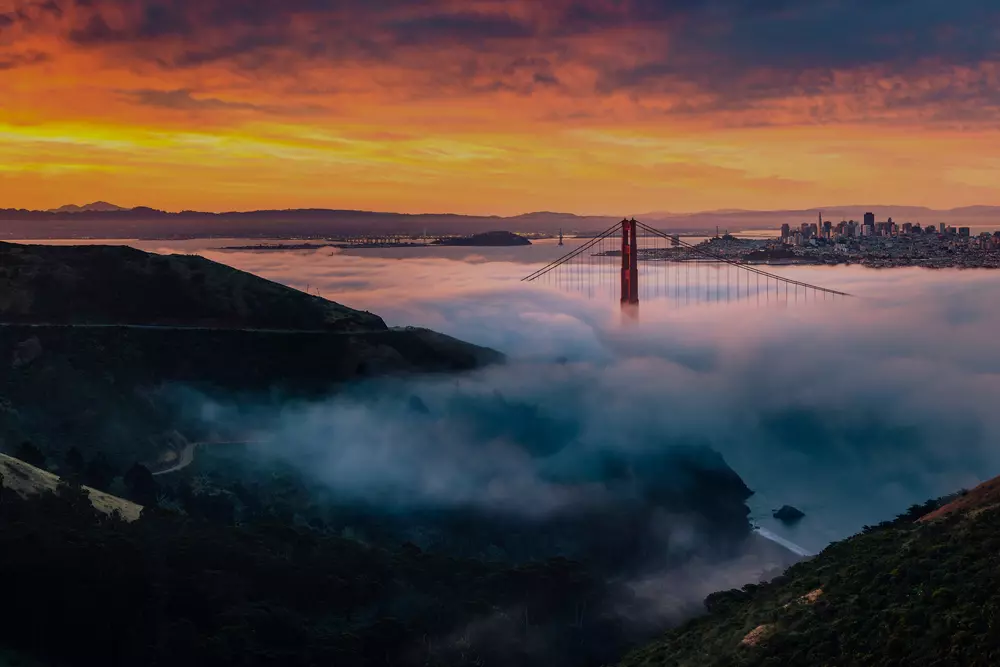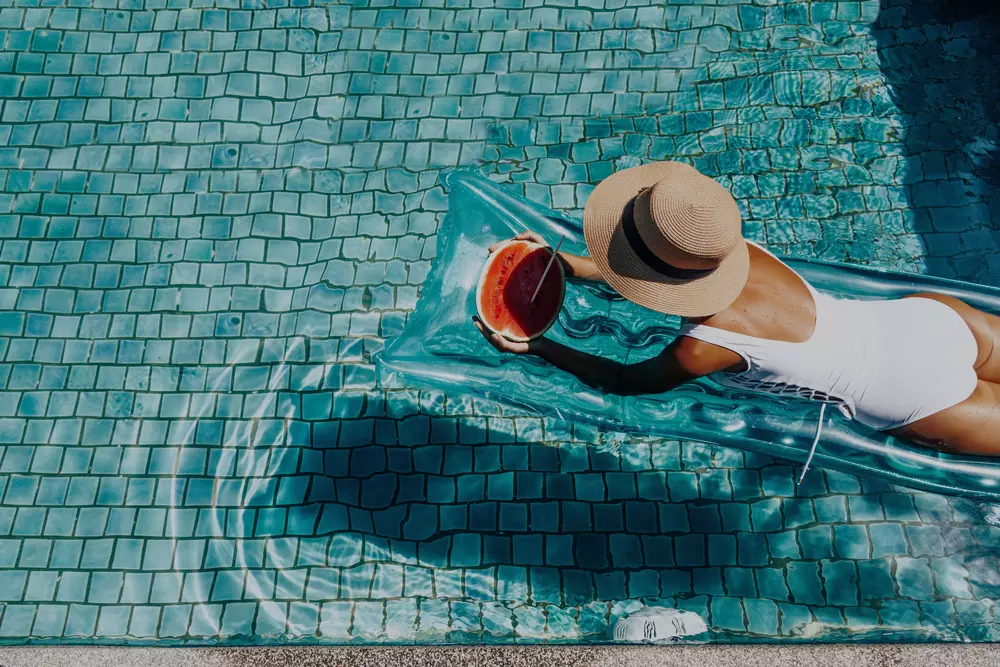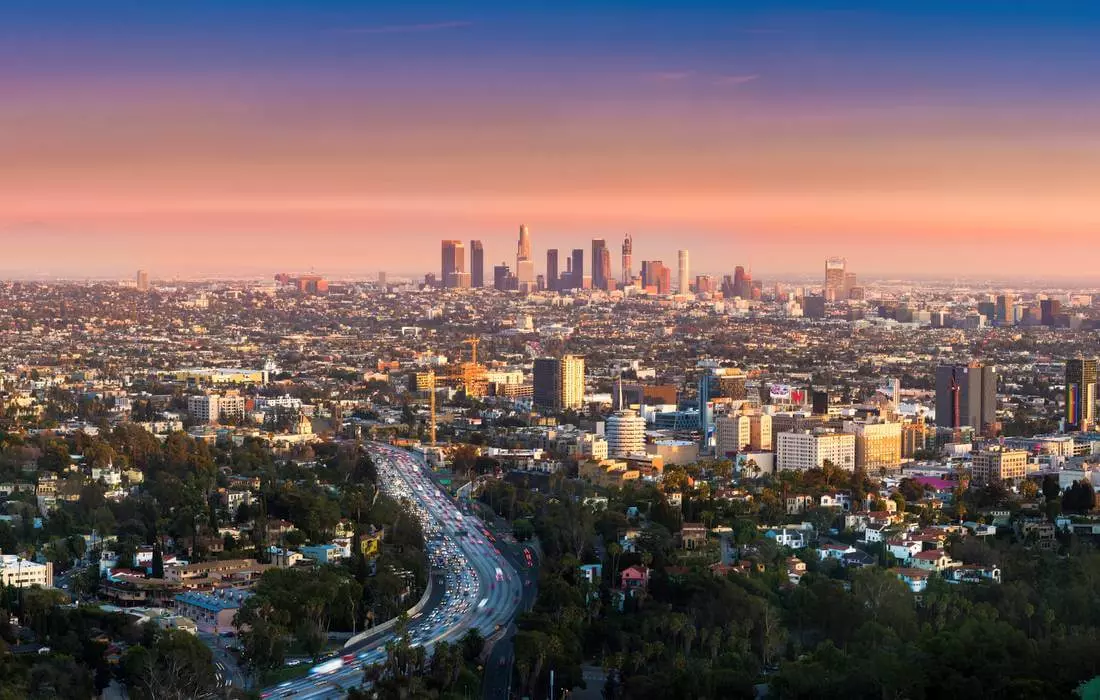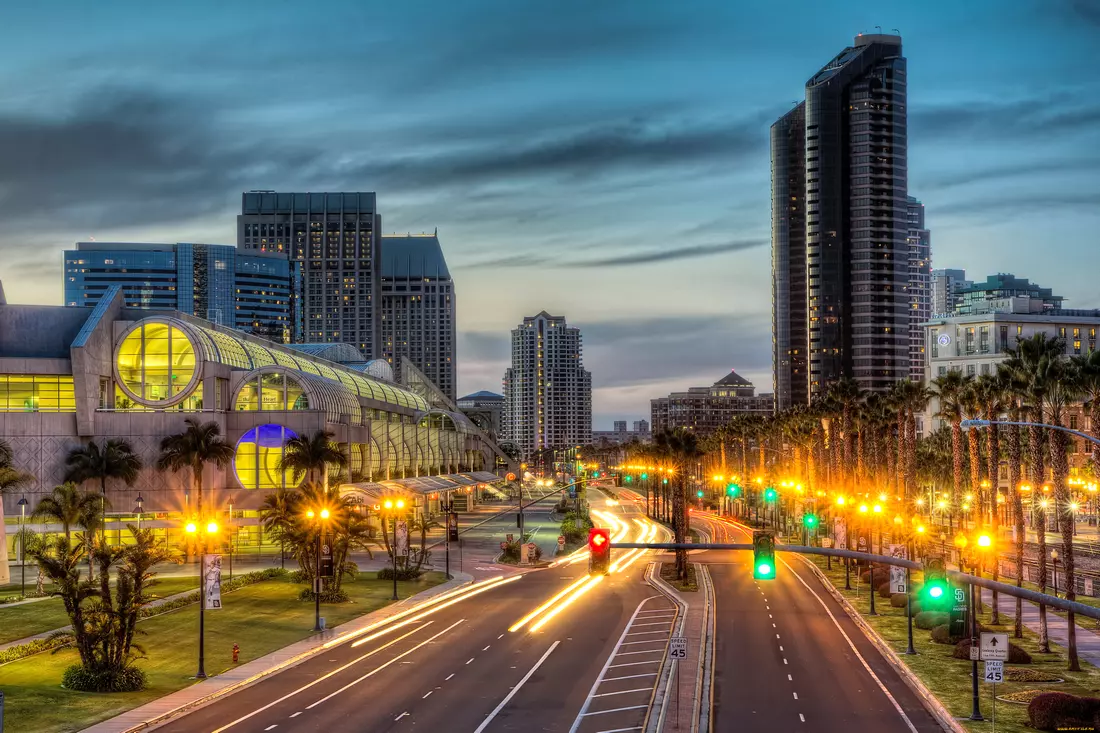Ready to dive into science? At the Exploratorium, you're invited to get your hands dirty! Every exhibit is a chance to experiment and discover, making science fun and interactive.
The Museum's History
Exploratorium is the world leader in non-formal learning, designed to spark curiosity and inspire creativity for people of all ages. The world-famous Science Museum creates original interactive exhibits that are displayed in more than 1,000 science centers, museums and public spaces around the world. Much attention is paid to training teachers in teaching technology using an interactive environment.
Frank Oppenheimer worked as a physicist and participated in the Manhattan Project, which was engaged in the development of nuclear weapons, he also worked at the university as a teacher. After the war, the scientist was forced to stop working on the project, as he was accused of engaging in anti-American activities.

Since after these events he was forbidden to work and engage in academic and teaching activities in the United States, he moved with his family to Colorado and became interested in agriculture. However, his love for physics did not go away, and he later began working at school as a physics teacher, and together with the children he was engaged in scientific projects. They became the first plans for the implementation of the Exploratorium.
The museum was opened in 1969, in the San Francisco Marina area, in the Museum of Fine Arts, it worked until 2013. Then it was moved to the Embarcadero embankment at pier 15.
What Is There to See at The Exploratorium
The museum is divided into galleries filled with hundreds of exhibits, from mechanical devices to works of art that highlight the beauty of the physical phenomena around us.
- Exhibits
At the Exploratorium, visitors don't just look at the exhibits, they play with them. Dancing with their own shadow, touching a tornado, mixing colors and breaking light into pieces, stopping time, starting a conversation, capturing a wave.
The museum has been producing its own exhibits since 1969, now there are more than 650 of them on display and further work is underway in this direction, as well as a collection is being created for viewing on the Internet.
- Tactile dome
A journey in total darkness, in a twisting, spinning, tactile sculpture. Walk, crawl, climb and glide through this wonderful land of textures using only your sense of touch as a guide. Due to the nature of this event, there are certain restrictions. Children under 7 years of age, guests suffering from claustrophobia, with back, neck, knee injuries, pregnant women in the 3rd trimester are not allowed.

- Aeolian Landscape
The Aeolian Landscape is a whirlwind of sand in a large chamber covered with a perspex top. A handle at the top of the exhibit rotates a fan mounted at the base of the chamber. When you turn on the fan, the sand inside begins to swirl and build up in a pattern reminiscent of a desert landscape, as if seen from above.
- Antigravity Mirror
In the Optics section, visit the Anti-Gravity Mirror exhibit, which creates the illusion that your double turned upside down is standing next to you.
You look whole because the human body is symmetrical. The observer's brain is tricked into believing that the image of your right side is really your left side. So just sit near the mirror, lift one leg and you are flying.
You can try this anywhere that has a large mirror to sit or stand next to — at home, in a department store, or in a dance studio with a doorway cut into the mirrored wall.
- Archimedes
Parabolic cymbals collect and focus sound waves and reflect them back to the participants sitting in them. Douglas Hollis originally created Listening Vessels for the Berkeley Art Museum's Matrix program in 1987 and donated the work to the museum soon after.
Archimedes , made of cast bronze and installed in the area of the Science Museum, consists of two 8-foot chairs in the form of plates with a diameter of 80 feet. The parabolic curve of each dish collects, focuses and reflects the sound waves to the participants sitting in them. The surprised listener, sitting on the opposite chair, clearly hears even a whisper coming from another dish.
American Butler specializes in providing a range of services and can help organize your tour of the museum. Contact us in any way convenient for you using the contacts provided on the site.

Visitor Tips
The Exploratorium is located at Pier 15 on San Francisco's Embarcadero waterfront. Easily accessible by public transportation or car, it is one of the city's most iconic destinations.
The museum is open Tuesday through Sunday. Regular hours are typically 10:00 AM to 5:00 PM, with extended Thursday evening hours (6:00 PM - 9:00 PM) for adults (18+). Please check the official website for the most up-to-date hours, as they may vary on holidays.
If you're looking to explore the city in a unique way, choose tours in San Francisco by American Butler. With a personalized touch and expert guides, your journey will be nothing short of unforgettable.
For a more relaxed visit, weekday mornings are recommended, as crowds tend to be smaller. Weekend visits may require advance ticket purchases.
Tips for your visit:
- Wear comfortable shoes as there is a lot of walking involved.
- Plan to spend at least 3-4 hours to fully explore the exhibits.
- Be sure to visit the on-site cafe for local cuisine and bay views.
- Don't forget to browse the museum shop for unique souvenirs and science-themed toys.
These tips will help you make the most of your visit to the Exploratorium.

Additional Information
-
Address
The Exploratorium Pier 15, Suite 100 San Francisco, CA 94111-1455
-
Telephone
(415) 528-4444
-
Web site
-
Mode of operation
- Tue–Sun: 10:00 AM–5:00 PM
- Thu (evening session 18+): 6:00 PM–10:00 PM
-
Cost
- Adults: $30–40
- Children (4–17 years): $20–30
- Children under 3: Free
- Family ticket: Available at a discount
| Address | The Exploratorium Pier 15, Suite 100 San Francisco, CA 94111-1455 |
| Telephone | (415) 528-4444 |
| Web site | |
| Mode of operation |
|
| Cost |
|

































